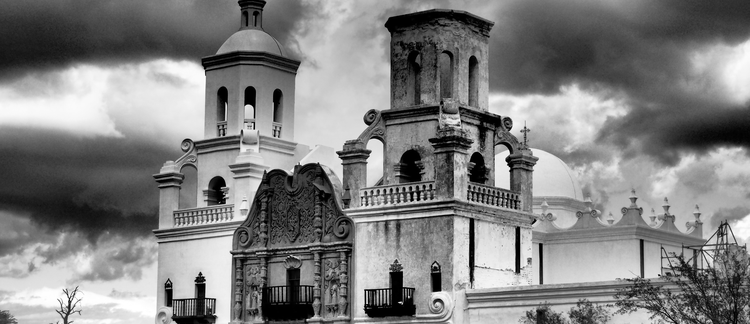Abstract
As originally described, the term "Zero Hour" is used to refer to midnight on May 8, 1945, when the unconditional surrender of Nazi Germany swept the old regime from power and inaugurated a new, non-Nazi administration in its place. More colloquially, it can also refer to any sharp break from the past and the beginning of a new, distinct, era. The debate over the extent (or even the existence) of a true Zero Hour in Europe has been a contentious one for decades, and this article aims to examine the concept from both a bottom-up and a top-down approach to evaluate just how much of a break could realistically be felt on May 8, 1945. Through this examination, we can see that, ultimately, there was no Zero Hour in 1945. Or rather, there were many Zero Hours. Some people had multiple Zero Hours, while others may not have had any. At the governmental level one can point to the dissolution of Nazi armed forces and civil governments, but the biggest variety is at the individual level. For surviving victims of the Holocaust, their Zero Hour is more likely to be their moment of liberation from the Nazi camps. For Parisians, it was the moment the Allied forces rolled into the newly reconstituted French capital. For prisoners of war in Russia or the western countries, it was when they were finally repatriated years or even decades later. But regardless of when or even whether people consider their Zero Hour to be, the legacy of the Nazi past lingers on in myriad ways even to today. In this regard, the idea of an absolute break is nearly impossible to defend.
Keywords: World War II, Germany, Zero Hour, Occupation of Germany, Holocaust
How to Cite:
Killion, J. A., (2024) “Zero Hour for Whom? Conflict and Continuity in Europe at the End of the Second World War”, Footnotes: A Journal of History 6(1), 47-52.
Downloads:
Download PDF
839 Views
797 Downloads

